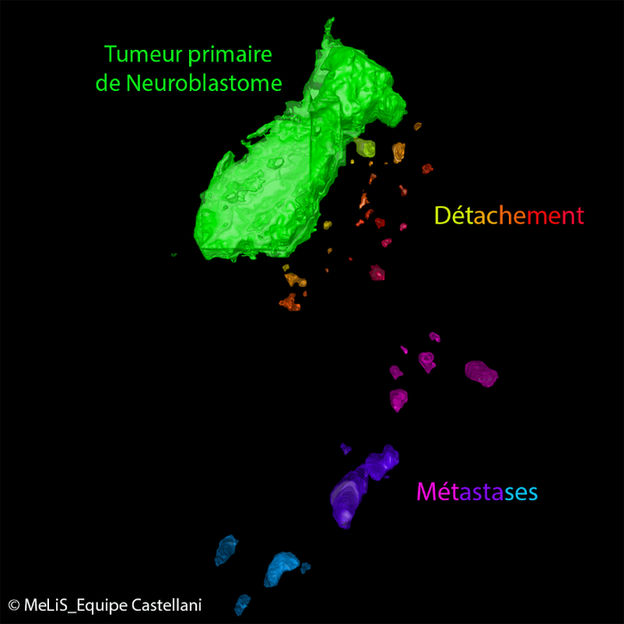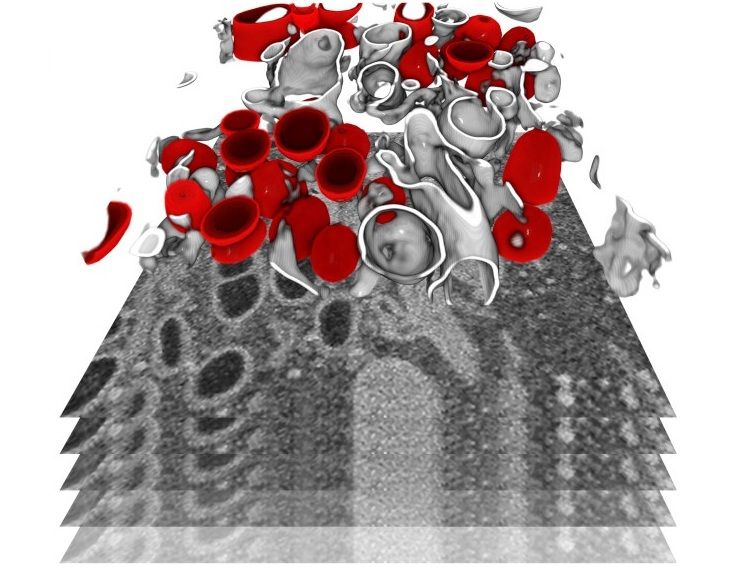Researchers find nerve damage may precede diabetic retinopathy
Finding represents a shift in the understanding of these diabetes complications
A University of Iowa-led study of diabetes-related vision impairment holds good news -- and some bad news -- for patients with signs of these disorders.
Scientists have long known that patients with diabetes mellitus -- both Type 1 and Type 2 -- are at high risk for developing diabetic retinopathy, the most common cause of irreversible blindness in adults. Vision loss occurs due to microvascular damage to the retina. People with diabetes are typically not aware that they are also at risk for developing retinal diabetic neuropathy, a loss of the nerve cells in the retina.
For many years, scientists believed patients developed retinopathy and, as a result of the damage to the blood vessels, later developed neuropathy. Doctors were focusing on early detection and treatment of retinopathy to prevent blindness, which they thought would then prevent the damage caused by neuropathy.
In this new study, however, researchers discovered that the sequence of events occurring in the retina due to diabetes is just the opposite of these long-held beliefs.
"What we're finding here, unfortunately, is that the nerve damage actually does come first, before the vessel damage," says Michael Abramoff, MD, PhD, UI professor in the Department of Ophthalmology and Visual Sciences and a member of the Stephen A. Wynn Institute for Vision Research, and senior author on the study. "Even people with diabetes who never get retinopathy can still develop this damage, and after many years, damage may be severe, similar to glaucoma."
"Essentially, the order of damage in the retina from diabetes is different from what we originally thought, and preventing the effects of retinopathy by itself would not protect the nerves in the retina," says Elliott Sohn, MD, UI associate professor in the Department of Ophthalmology and Visual Sciences and a member of the Stephen A. Wynn Institute for Vision Research, and first author on the study.
In the study, Sohn and Abramoff with their colleagues from the UI and the University of Amsterdam studied 45 people with diabetes and little to no diabetic retinopathy over a four-year span. They found "significant, progressive loss of the nerve fiber and ganglion cell layer," proof of damage to the nerves before vascular changes typically found in the retina from diabetes.
At the same time, researchers found corresponding thinning of the nerve fiber layer in six donor eyes from patients with diabetes and little to no diabetic retinopathy, and the layer was considerably thinner than the layer in six donor eyes from patients who did not have diabetes. Similar results were found in diabetic mouse models in this study.
The good news, Abramoff says, is that better understanding of the sequence of damage may lead to new treatments that focus on preventing the nerve damage, and thereby hopefully also preventing retinopathy.
Original publication
Other news from the department science

Get the life science industry in your inbox
By submitting this form you agree that LUMITOS AG will send you the newsletter(s) selected above by email. Your data will not be passed on to third parties. Your data will be stored and processed in accordance with our data protection regulations. LUMITOS may contact you by email for the purpose of advertising or market and opinion surveys. You can revoke your consent at any time without giving reasons to LUMITOS AG, Ernst-Augustin-Str. 2, 12489 Berlin, Germany or by e-mail at revoke@lumitos.com with effect for the future. In addition, each email contains a link to unsubscribe from the corresponding newsletter.
Most read news
More news from our other portals
Last viewed contents
Infected_blood_scandal_(France)
Shut-off switch for lymphoma - Important tumor suppressor discovered in immune cells
Researchers home in on way to predict aggressiveness of oral cancer

Healthy cells can impact tumour progression during embryonic development - Avian embryo model of neuroblastoma
Category:Biofield_therapies

Enduring cold temperatures alters fat cell epigenetics
Biotech needs the right policies to stay on track in new EU Member States
Katholieke Universiteit Leuven enters into license agreement with Pfizer for the development of new anti-HIV drugs
Maud_Menten
Bristol-Myers Squibb Discontinues Development of BMS-986094 for the Treatment of Hepatitis C





















































